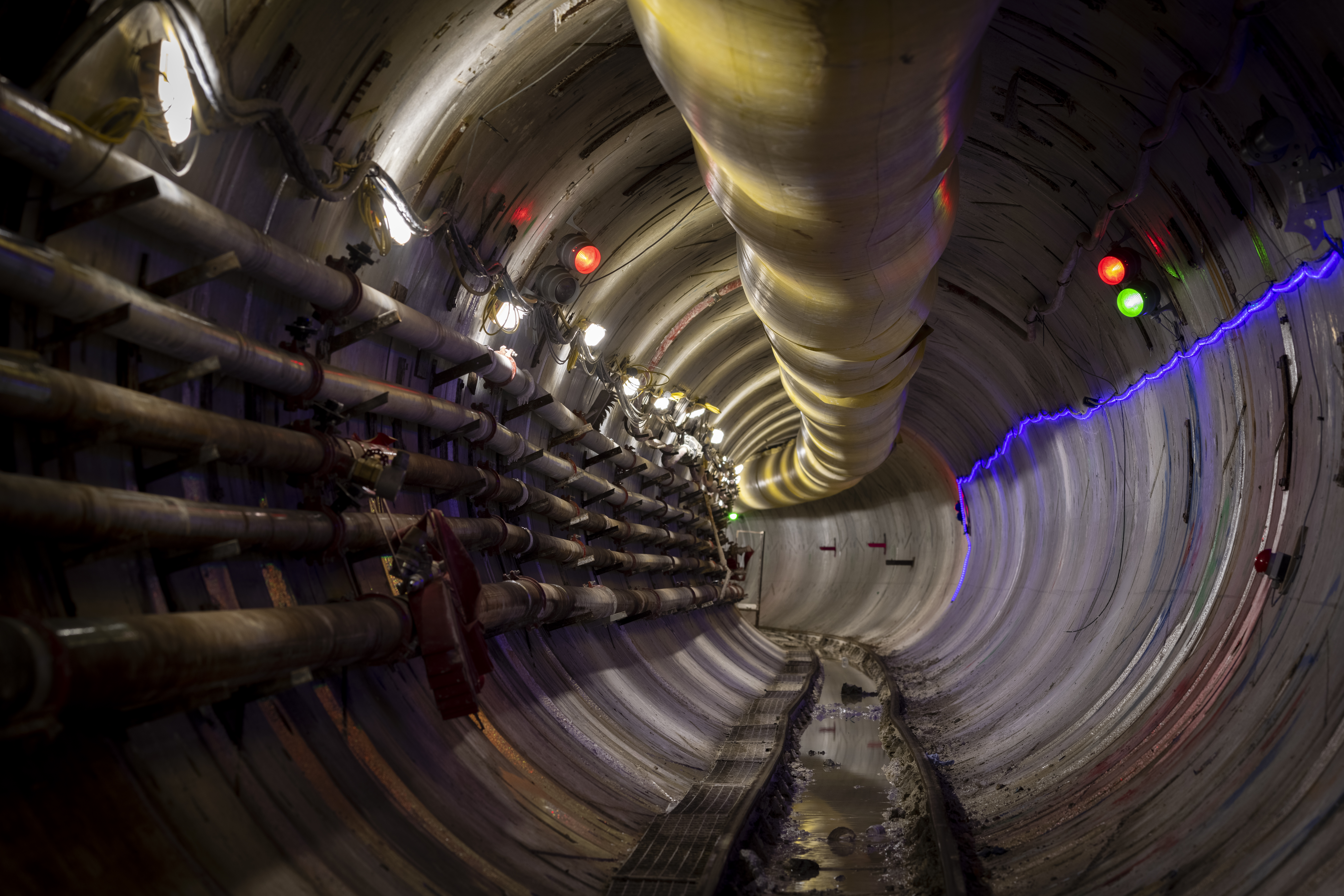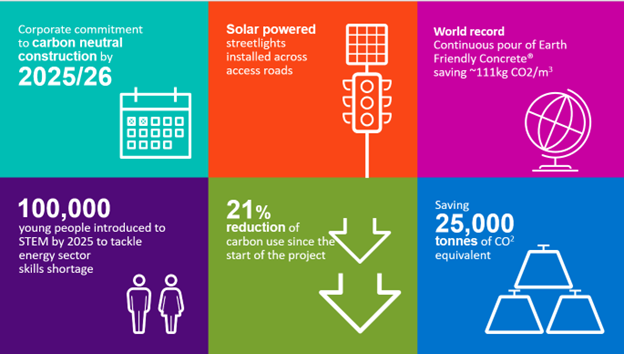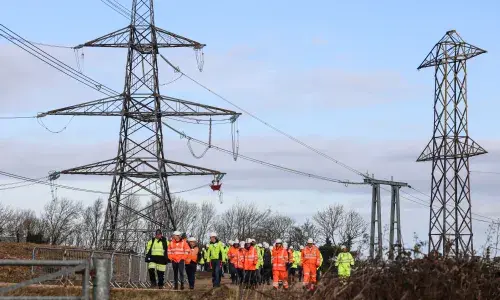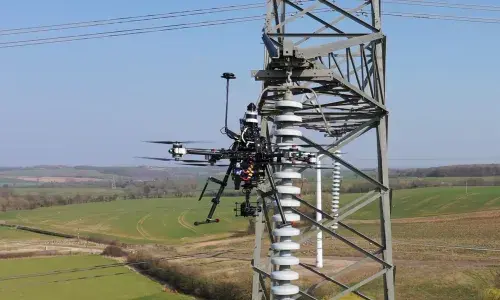
Paving the Way to Net Zero
The London Power Tunnels (LPT) project stands as an example of how innovative construction methods and new technologies can substantially reduce carbon emissions when building major new infrastructure projects.
As part of National Grid’s corporate commitment to ensure carbon neutrality in construction activities by 2025/26, LPT has embraced new construction methods and technology to ensure the impact of the project is limited and carbon usage kept to a minimum. Read on to find out a little more about the work the project team is doing to help deliver net zero.

LPT's Role In Delivering Net Zero
National Grid has made a bold corporate commitment to ensure carbon neutrality in construction activities by 2025/26. To contribute to this commitment, we have targeted a 5% reduction in carbon emissions, with an ambitious goal of achieving an 8% reduction across the LPT project.
The LPT project has already significantly reduced carbon emissions during the construction process with our latest monitoring indicating a 21% reduction compared to the pre-project baseline – this is equivalent to 25,250 tonnes of carbon dioxide equivalent (tCO2e).
To put this achievement into perspective, the carbon reduction achieved on the LPT project amounts to the equivalent that would be emitted by an average UK car travelling 119,937,500 miles in a year. This highlights the substantial positive impact of the project's measures on the environment.
How This Has Been Delivered?
Through strategic design alterations, renewable energy adoption, and forward-thinking collaborations, LPT has significantly reduced carbon emissions and set new standards for sustainable infrastructure. Here are some notable initiatives:
- Record-breaking construction solutions
- Earlier this year, the LPT project completed the world’s largest ever continuous pour of Earth Friendly Concrete®, in collaboration with HOCHTIEF-MURPHY Joint Venture (HMJV), at the Hurst site, where 736m3 (equivalent to 736,000 litres) of more sustainable, cement-free concrete was poured into the base of the 55m deep tunnel drive shaft.
- Developed by Wagners and supplied by Capital Concrete, this innovative solution utilizes a binder of ground granulated blast furnace slag and fly ash geopolymer concrete system. The cement-free concrete reduces carbon emissions by approximately 64% compared to traditional concrete, saving an estimated 111kg of CO2 per cubic meter poured.
- Strategic Design Alterations:
- By adopting strategic design alterations, including improved tunnelling management, LPT has minimised waste and optimised material usage
- This has resulted in savings of 11,552 tCO2e.
- Low-Emission Diesel Generators:
- The project has employed eco-friendly, low-emission diesel generators called Four Stage V Generators, reducing emissions during construction.
- Solar-Powered Streetlights:
- Along access roads, LPT has implemented solar-powered streetlights, harnessing renewable energy to illuminate the project's surroundings.
- Green Tariff for Electricity:
- To ensure sustainability during shaft, tunnel, and headhouse construction, LPT secured a green tariff for electricity. This commitment guarantees that renewable energy matches all or a portion of the electricity consumed.
- Technological Innovations in Gas Insulated Switchgear (GIS):
- By implementing advanced technology within the GIS, LPT is projected to bank an estimated 125,000 tCO2e of CO2, equivalent to 35,714 return economy flights from London to Hong Kong.
- This innovation also helps prevent 50,000 tCO2e of leakage over the equipment's lifetime, equivalent to 14,286 return economy flights from London to Hong Kong.
Matching innovation with skills:
We need a Net Zero Energy Workforce.We recognise that the journey to net zero extends beyond the tools and technologies we employ. It also hinges on having the right people available to meet that goal. The energy sector needs to fill 400,000 new jobs if the UK is to reach its emissions target and transition to a net zero economy by 2050. The sector needs the best and the brightest minds equipped with technological expertise if climate change is to be addressed
As a step towards meeting this significant challenge, the LPT project team has partnered with Connectr to deliver a STEM and careers school engagement programme across schools located in the South of London. The programme is part of our ambition to address the lack of social mobility for young students across the UK, and the resulting skills shortage in STEM orientated industries.
Working with some of London's most disadvantaged areas, the programme aims to reach more than 100,000 secondary school pupils along the LPT route to consider careers in STEM through interactive STEM workshops, career fairs/career talks and digital online mentoring and work experience.
More information about the great work being done engaging schools in the area can be found at https://www.nationalgrid.com/electricity-transmission/connectr-partnership


